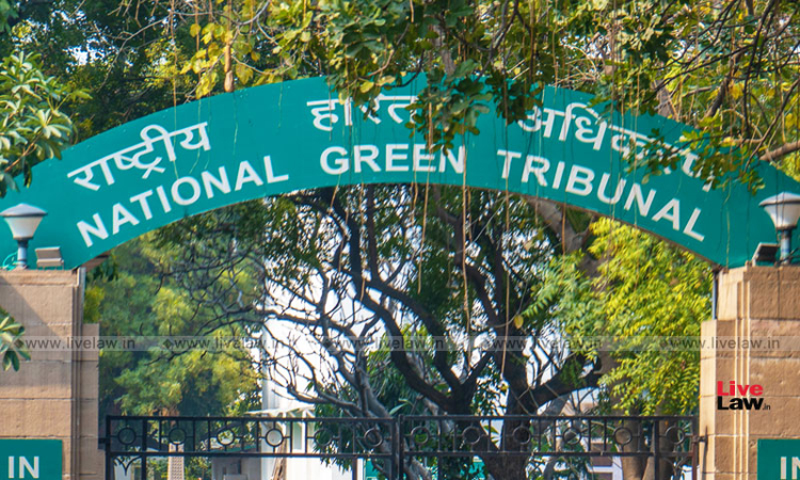*Objective is to prevent constructions at unsuitable sites
Bivek Mathur
JAMMU, May 29: A Joint Committee appointed by the National Green Tribunal (NGT) has proposed the use of geospatial mapping to identify Thathri-type foot slope zones across the entire Doda District.
The committee, led by Chief Secretary of Jammu and Kashmir, aims to employ advanced technologies for effective planning and management of civil engineering projects in the region. The primary objective is to prevent environmental damage by avoiding construction in unsuitable areas in the future.
The committee was formed in response to a news report highlighting the collapse of 24 structures in Nai Basti area of Doda District on February 3, 2023. In light of this incident, the NGT took cognizance and constituted the committee on February 17, 2023.
The joint panel, comprising representatives from various institutions such as the Wadia Institute of Himalayan Geology Dehradun, Govind Ballabh Pant National Institute of Himalaya and Environment, and the National Institute of Hydrology, among others, visited the affected site and prepared a draft report.
An official document said that the committee’s recommendations, discussed during a meeting chaired by the Chief Secretary on May 22, 2023, include prohibiting further construction within the affected area of Nai Basti.
It also suggested observing the affected areas under the supervision of the district administration, particularly during the upcoming monsoon season.
Additionally, as a precautionary measure, residents living in houses outside the affected area and neighboring structures are advised to relocate to safer locations.
To prevent further slope area erosion, the committee proposed the construction of a 400-meter retention wall with deep holes near the base of the landslide area.
It also emphasized the importance of filling up cracks around buildings with cement slurry before the monsoon to control water percolation and monitor displacements.
Restoring natural diversions and drainage channels within the area was another key recommendation to divert surface runoff effectively.
In terms of future construction, the committee suggested conducting geotechnical assessments, such as soil bearing tests, before allowing any new development outside the affected area.
To mitigate river erosion, the committee proposed the construction of a Gabion Wall with suitable dimensions on the riverside, considering the proximity of the affected area to the Chenab River channel.
Furthermore, the committee highlighted the lack of high-resolution geo-tagged data on natural and man-made resources in the area.
To address this issue, it recommended the creation of a geo-portal that consolidates data from various departments, research institutions, and agencies in one common platform. This initiative would facilitate better planning, management, and regular monitoring of the region.
The committee also suggested the development of a geomorphic map depicting the spatial distribution of landforms in the reference area. This map would aid in sustainable planning, development, monitoring, and management of civil engineering works. Additionally, the committee proposed conducting a detailed landslide hazard zonation of the entire new Thathri town, preferably by the Geological Survey of India.
The joint committee, led by the Chief Secretary, also stressed that no subsurface engineering activities should be permitted within a 500-meter radius of the affected location.
Furthermore, it recommended the rehabilitation of the affected individuals residing in the 24 houses of Nai Basti to a suitable and safer location in accordance with applicable laws.


